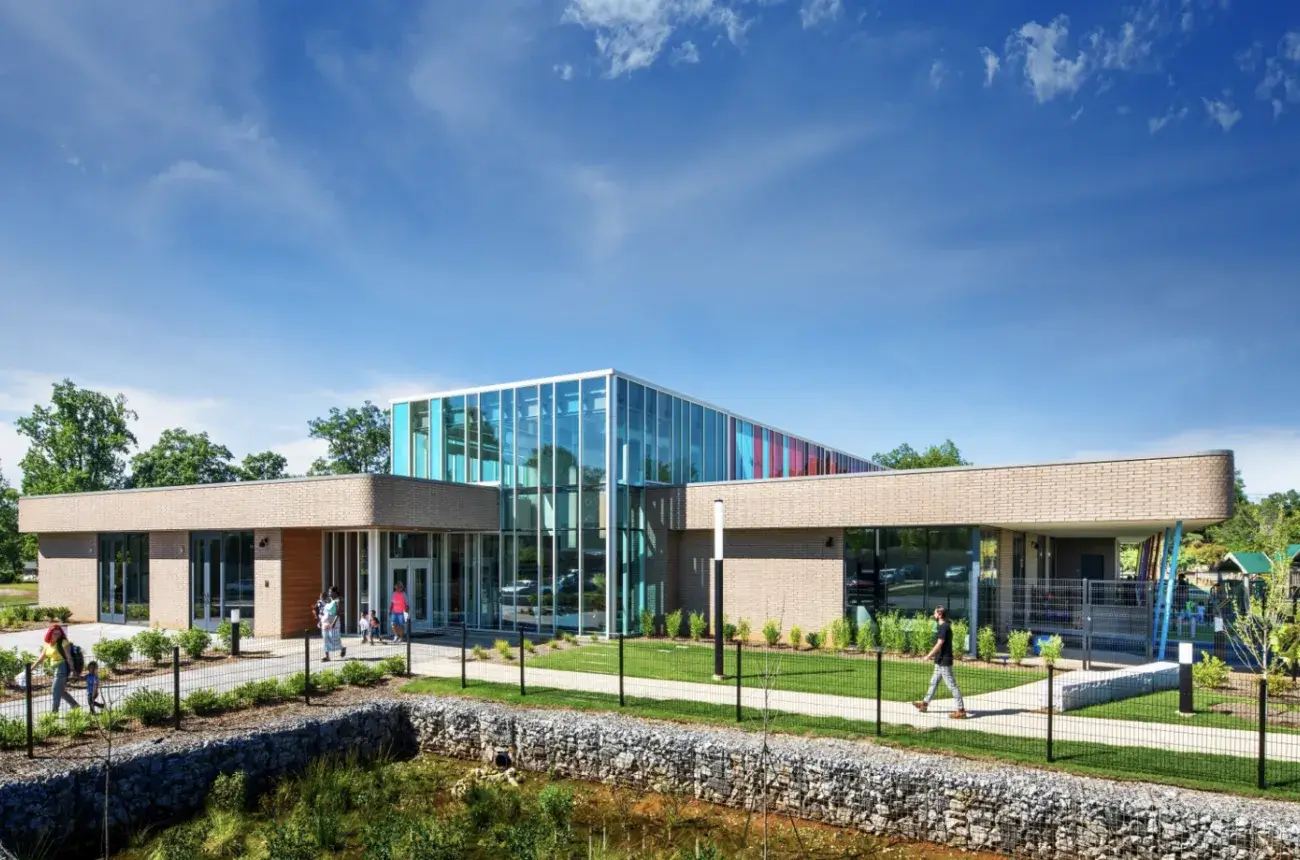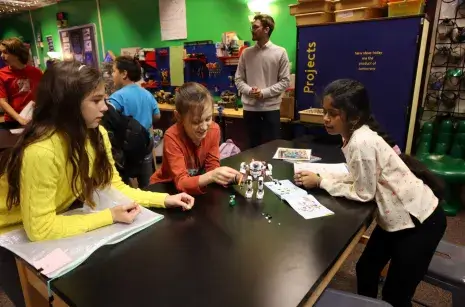Case study
Neighborhood Revitalization in Spartanburg, South Carolina

Economic Connectedness and Community Development
A community development initiative in Spartanburg, South Carolina, illustrates how to change residential patterns of economic segregation. By prioritizing mixed-income neighborhoods and schools, the revitalization of Spartanburg’s Northside neighborhood has helped to increase opportunities for residents of different socioeconomic statuses to live alongside one another.
Spartanburg’s residential areas have traditionally been segregated by race and income. Low-income residents of the city primarily lived in the Northside while those with more affluence resided in other neighborhoods. In 2013, the city’s Northside Development Group (NDG) partnered with the nonprofit Purpose Built Communities to tackle this separation through their Northside redevelopment project.
Socioeconomic diversity is a central tenant of NDG and Purpose Built’s framework for place-based economic development. Over the past decade, NDG has leveraged philanthropic investment to construct mixed-income housing developments that serve native Northside residents and draw newcomers as well. Research has shown that this kind of mixed-income development can help attract economically diverse populations to distressed areas and propel investment in the community.
NDG is now prioritizing the places and programs that enable Northside residents to get to know one another. The newly constructed Dr. T.K. Gregg Community Center provides afterschool programs and community events for all Northside residents while the Hub City Farmers Market is gathering place where everyone can access nutritional foods. NDG has also built the Franklin School, an early learning center that serves children from different socioeconomic backgrounds. These spaces offer opportunities for residents to build the relationships that make a diverse community more connected.
Learn more about Spartanburg’s Northside Initiative and Purpose Built Communities.

